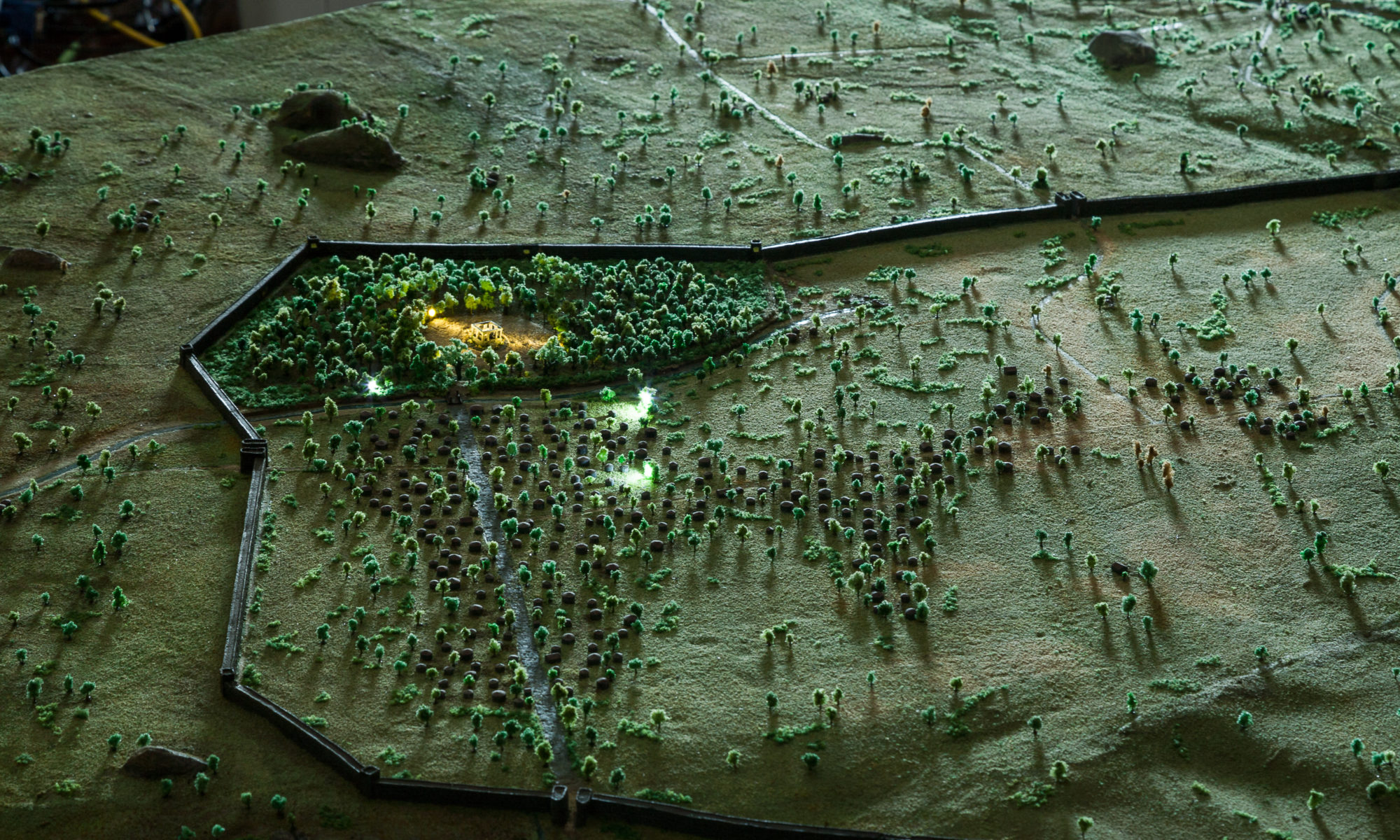LE PITTURE RUPRESTI DEL RIFUGIO CASSATARO
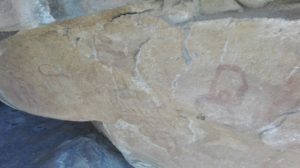
Le immagini dipinte in ocra rossa nelle pareti della roccia di arenaria del cosiddetto “Rifugio Cassataro” rappresentano, ancor oggi, un enigma per gli studiosi che non riescono a stabilire né a quale epoca esse risalgano né cosa rappresentino. Figure antropomorfe e reticolari s’imprimono nelle pareti di questa roccia di calcare che sembra poggiata a un’altra roccia in modo da formare un antro con due aperture. Il sito dista circa tre chilometri dalla Valle delle Muse e entrambi si trovano lungo gli argini del fiume Simeto, ubicati in luoghi di grande suggestione. La valle delle Muse si trova sul lato sinistro del fiume mentre il rifugio rupestre sul lato destro. Sacra, tradizionalmente, è definita la valle delle Muse attraversata dalle sorgenti, anch’esse dette “SACRE”, delle FAVARE; sciamanica potrebbe esser stata la pratica esercitata nel Rifugio Cassataro, vista la sua caratteristica apertura a forma di utero materno, simbolo di uno stadio fetale e veicolo di una regressione a un mondo primigenio.
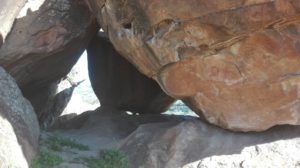
Il “De Divinazione” di Cicerone fornisce altri possibili suggerimenti circa le destinazioni del sito: il luogo, posto fuori dal centro abitato, poteva esser luogo di meditazione per principi, re o sacerdoti che si accingevano a imprese significative; anche le immagini nella roccia potrebbero esser state tracciate nel corso delle fasi estatiche.
THE ROCK PAINTING OF THE “CASSATARO” SHELTER
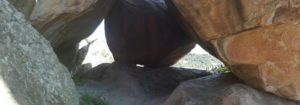
The red painted images in the walls of the sandstone of the so called “Cassataro” shelter represented, even today, an enigma for the scholars. They are not able to know in which period they date back and what they mean. This limestone seems to be sitting on another stone, creating a cave with two gaps. In the walls of the limestone there are anthropomorphic and reticular figures. The place is about 3 kilometers from the valley of the Muses and both stay down the “Simenon” riverbanks, very suggestive places. The valley of the Muses is to the left of the river and to the right of the shelter. Traditionally defined sacred, the valley of the Muses is crossed by sacred “Favre” sources. Probably in the “Cassataro” shelter was practiced a shamanic rite, because it had a gape with the shape of a mother’s womb, symbol of a fetal stage.
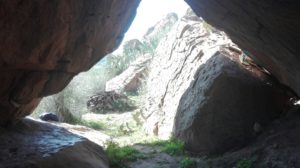
The “De Divinatione” of Cicerone gives other details about the destinations of the location: the place, outside the residential area could be a place of meditation for priests, princes and king, ready for important challenges, also the images of the rock could be painted during the ecstatic stages.
Francesco Branchina
